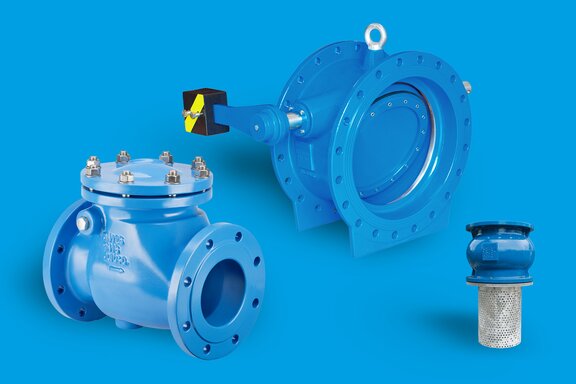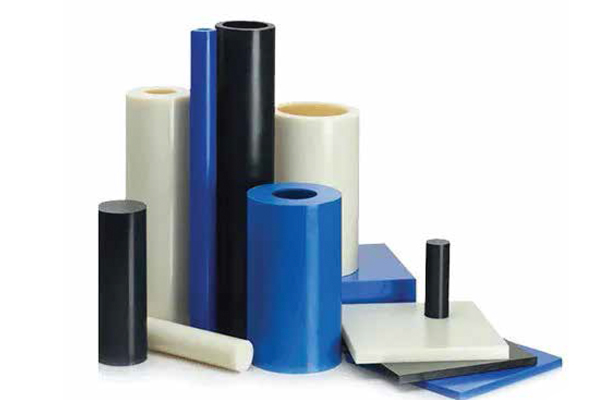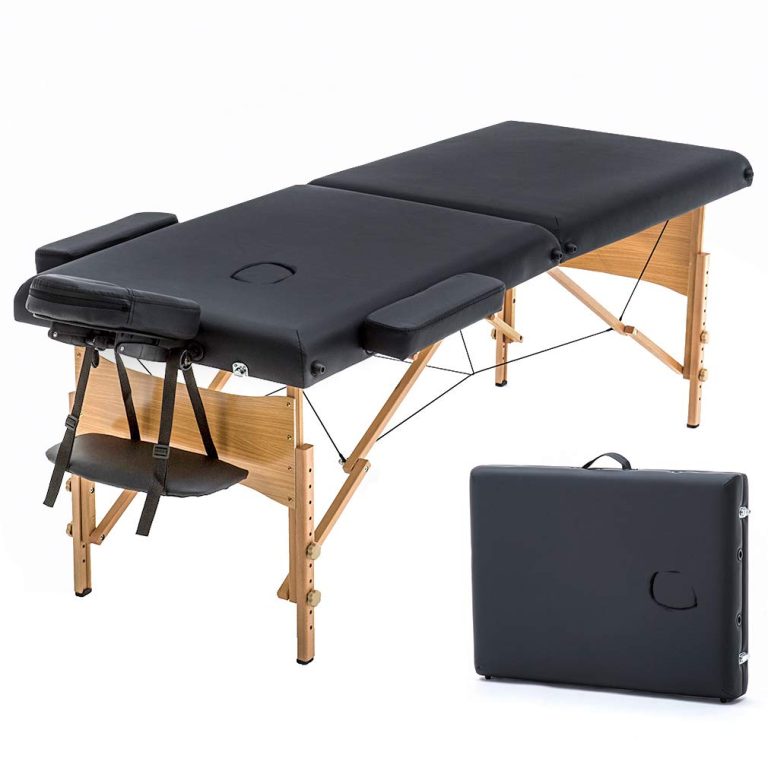Everything You Need to Know About Check Valves: Types, Functions, and Applications
A check valve is a critical component in various industries, used to control the flow of fluids and gases in one direction. Its simplicity and efficiency make it an essential part of many systems, including plumbing, oil and gas, HVAC, and industrial machinery. This article will delve into the types, functions, and applications of check valves, helping you understand their importance and utility.
What is a Check Valve?
A check valve, also known as a one-way valve or non-return valve, is a mechanical device that allows the flow of liquid or gas in one direction while preventing backflow. This feature helps maintain the integrity of systems by ensuring fluids do not reverse their path, which could lead to damage or inefficiency.
How Do Check Valves Work?
Check valves operate automatically, relying on the pressure of the fluid or gas to open and close the valve. When the pressure on the inlet side exceeds the pressure on the outlet side, the valve opens, allowing flow. Conversely, if the flow reverses or pressure drops, the valve closes, preventing backflow.
Types of Check Valves
There are several types of check valves, each designed for specific applications:
1. Swing Check Valves
Swing check valves feature a hinged disc that swings open or closed based on fluid flow. They are suitable for low-pressure systems and are commonly used in water and wastewater applications.
2. Ball Check Valves
These valves use a ball to block the reverse flow. The ball is pushed against a seat when the flow reverses, ensuring a tight seal. They are ideal for viscous fluids and are often found in pumping systems.
3. Lift Check Valves
Lift check valves function similarly to a globe valve. The disc rises to allow flow and falls back to block reverse flow. These are commonly used in high-pressure and high-temperature systems.
4. Wafer Check Valves
Wafer check valves are compact and lightweight, making them suitable for applications with limited space. They are widely used in chemical and water treatment systems.
5. Spring-Loaded Check Valves
These valves use a spring mechanism to close the valve quickly when the flow stops. They are commonly used in pipelines that experience rapid changes in pressure.
Applications of Check Valves
Check valves are versatile and find applications in various industries:
- Water and Wastewater Systems: Prevent backflow to protect water quality and maintain system pressure.
- Oil and Gas: Ensure proper flow in pipelines and protect equipment from reverse flow damage.
- HVAC Systems: Maintain efficiency by preventing reverse air or water flow in heating and cooling systems.
- Industrial Machinery: Protect pumps and compressors from potential damage due to backflow.
Choosing the Right Check Valve
Selecting the appropriate check valve depends on the application’s requirements, such as pressure, temperature, flow rate, and fluid type. Collaborating with a reliable check valve manufacturer can help ensure you get the right product tailored to your needs.
Conclusion
Check valves play a vital role in maintaining the efficiency and safety of fluid and gas systems across various industries. Understanding their types, functions, and applications can help you choose the best solution for your specific requirements. For expert guidance and high-quality products, partnering with a trusted check valve manufacturer ensures optimal performance and reliability.






